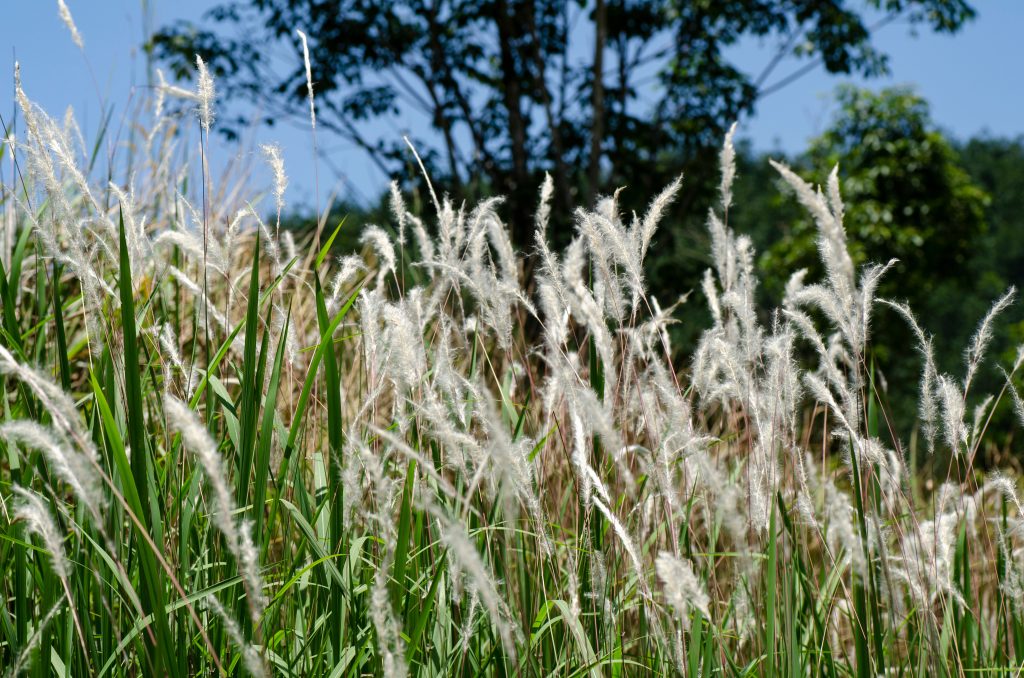It’s invasive and abrasive. It’s creeping and sneaking. And finding a fix to root out this problem can be a headache.
We’re talking about cogongrass.
Cogongrass, also known as imperata cylindrica, is one of the most widespread invasive plant species in the southeastern United States, said Luke Flory, a UF/IFAS agronomy professor.
A new study from the University of Florida Institute of Food and Agricultural Sciences (UF/IFAS) agronomy department revealed that some herbicides target cogongrass better than more conventional, popular sprays – such as glyphosate – and the herbicides can actually help restore native plants.
“Cogongrass is a big threat,” Flory said. “It alters habitats and ecosystems and reduces biodiversity. It also changes how fire spreads. More targeted herbicide solutions are needed to manage this invasive species and preserve native plants.”

Introduced unintentionally in Alabama via shipping in the early 1900s and intentionally in Florida in the 1930s, cogongrass was initially used as packing material and forage. It was also used as erosion control before residents realized the pervasive and detrimental effects of the invasive grass on the native environment, according to the USDA.
When cogongrass spreads, it chokes out native species, threatening ecosystems by changing how fire spreads and changing habitats by infesting forests and hunting grounds.
Traditionally, the herbicide of choice for getting rid of cogongrass has been broad-spectrum chemical applications like glyphosate – often known by its brand name, Roundup – but Flory and a team of researchers showed there is a better method. Instead of using glyphosate, which kills all plants, his research recommends grass-specific herbicides.
Using grass-specific herbicides means you’ll give native species the chance to survive and thrive in that landscape, rather than unintentionally killing native species when spraying with a broad-spectrum herbicide.
The grass-specific herbicide Flory and his team tested was fluazifop-P-butyl, which is sold under various brand names, such as Fusilade 2000, Horizon, and Tornado.
Five applications of fluazifop-P-butyl proved as effective as three applications of glyphosate for removing cogongrass for at least one year following the herbicide application, according to the study published in Restoration Ecology in February.
“Cogongrass is common throughout much of Florida,” said Flory. “You shouldn’t be using broad spectrum herbicides if you can afford it. You get a lot more preservation and recovery of native species and just as effective cogongrass control with only two extra herbicide applications.”
###
ABOUT UF/IFAS
The mission of the University of Florida Institute of Food and Agricultural Sciences (UF/IFAS) is to develop knowledge relevant to agricultural, human and natural resources and to make that knowledge available to sustain and enhance the quality of human life. With more than a dozen research facilities, 67 county Extension offices, and award-winning students and faculty in the UF College of Agricultural and Life Sciences, UF/IFAS brings science-based solutions to the state’s agricultural and natural resources industries, and all Florida residents.
 1
1
